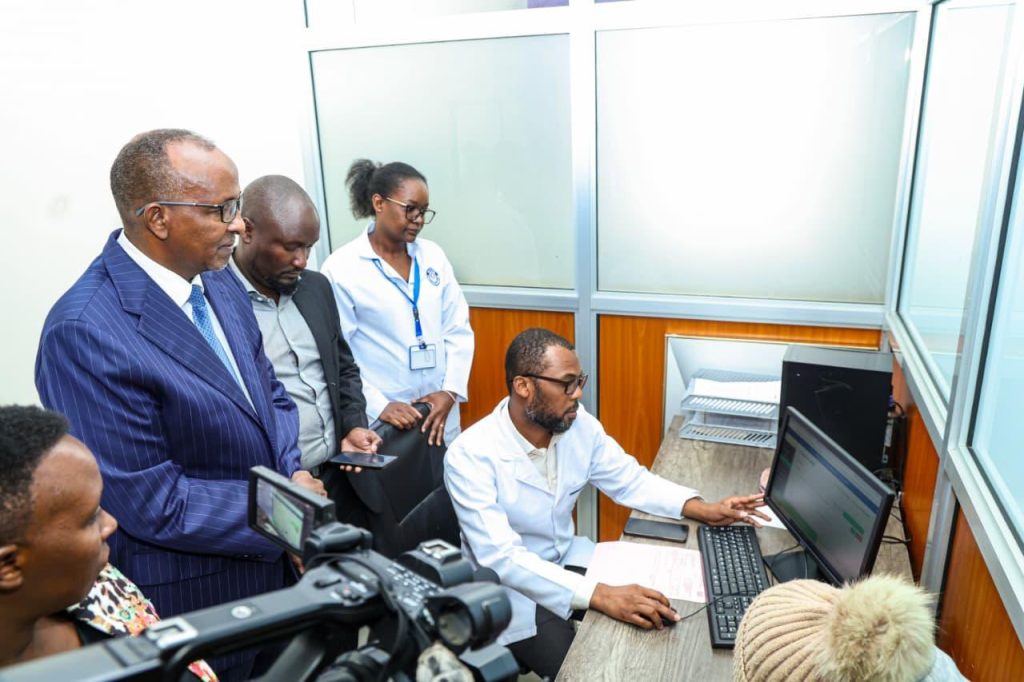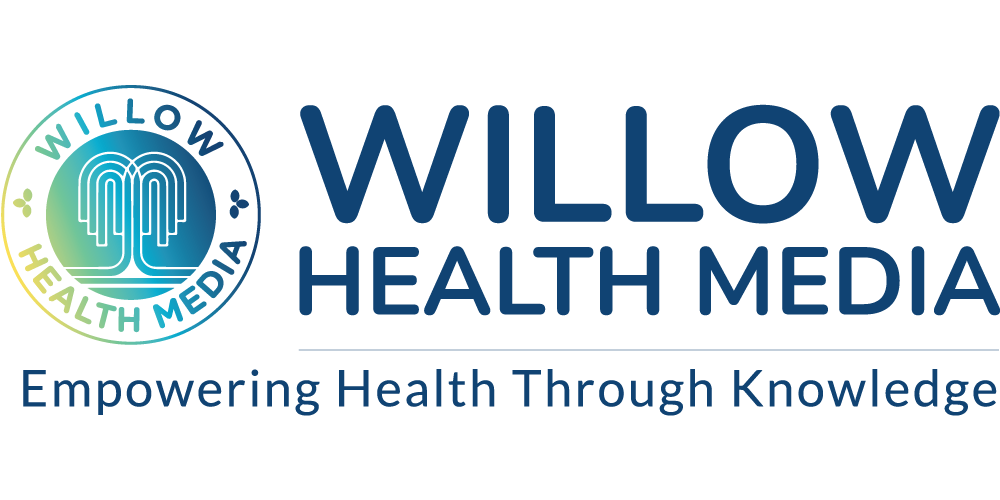Kenya’s shift from OTPs to biometric verification opens doors for better healthcare access but risks leaving vulnerable groups behind due to uneven digital access.
Kenya has officially ended the use of One-Time Passwords (OTPs) for health insurance approvals through the Social Health Authority (SHA), replacing them with a biometric identification system designed to serve 50 million Kenyans.
For months, Kenya’s healthcare approval system, reliant on One-Time Passwords (OTPs), was a bureaucratic nightmare that left both patients and providers frustrated.
Health Cabinet Secretary Aden Duale announced that “with immediate effect, SHA will no longer accept OTP based authorisation” and all approvals must now be completed using biometric health ID or the Practice 360 app.

The new system uses fingerprint identification instead of SMS codes to verify patient identity at health facilities. Biometric registration is now live in all level 4, 5, and 6 facilities across the country – covering sub-county, county referral, and national hospitals.
Speaking at Kenyatta University Teaching, Referral and Research Hospital (KUTRRH), Duale described the move as “a bold step in transforming Kenya’s healthcare system.”
He said, “Your fingerprint will now be your ID. It eliminates fraud, reduces paperwork, shortens queues, and ensures that more time is spent on actual patient care.”
The reform introduces four key components:
1. Biometric Health Identification (BHI): Replaces OTPs using fingerprint verification, guided by Regulation 38 of the Social Health Insurance Regulations, 2024, to eliminate impersonation and ghost claims.
2. Practice360 App: A mobile application for healthcare professionals that replaces manual processes and prevents unauthorised code-sharing. Doctors can approve services, submit claims, and verify credentials from their phones.
3. National Product Catalogue: Linked to the Pharmacy and Poisons Board, ensuring only verified medicines are dispensed. SHA will only reimburse for drugs actually issued to patients. “If a facility lacks stock and the prescription is unfilled, there will be no reimbursement,” warned Duale.
4. Health Information Exchange (HIE): Kenya now joins a select group of African nations with a working HIE, which enables real-time data sharing between hospitals, counties, and SHA. Patients no longer need paper files or repeat tests at different facilities. “Telehealth, accurate patient identification, and faster claim approvals are all being enhanced,” said Duale. “But we must ensure no Kenyan is left behind.”
So far, SHA has registered over 25 million Kenyans and contracted nearly 10,000 health facilities nationwide. And since its inception, SHA has disbursed Ksh47.5 billion under the Social Health Insurance Fund and an additional Ksh6.9 billion under the Primary Healthcare Fund.
But there are a few challenges even as we celebrate the digital milestone:
Digital Exclusion: The system poses challenges for Kenya’s 2.2 million citizens with disabilities, particularly those unable to provide fingerprints due to amputation, physical disability, or medical conditions.
Accessibility Issues: People with visual impairments may struggle to navigate digital platforms like Practice360 or AfyaYangu independently. The system assumes technological literacy that many Kenyans, especially in rural areas, may lack.
Data Protection: The collection of sensitive biometric data, including from minors and persons living with disability, raises privacy concerns requiring strong protection measures.
By November 2025, all public hospitals will be fully digital with every healthcare process recorded through Hospital Management Information Systems (HMIS), Duale emphasised. Currently, 24 counties are transitioning from paper to digital records.
The Ministry is also launching a Track-and-Trace system to monitor medicines from manufacturers to patients, aimed at curbing counterfeit drugs and theft in public supply chains.
Duale warned that facilities engaging in double-billing will face suspension. “The Kenya Medical Practitioners and Dentists Council will use digital tools to detect and de-register non-compliant or fraudulent facilities within the Taifa Care network.”
Patients can review health records and report fraudulent claims through the AfyaYangu app or by calling 147.
The previous OTP system had become a “bureaucratic nightmare” according to the original reporting, causing frustration for both patients and healthcare providers. The new biometric system aims to streamline service delivery while reducing fraud and improving efficiency in Kenya’s healthcare sector.

Read Also: SHA Payments: How to fill in the Means Testing to know what amount you should contribute
This guide will walk you through the steps of the Means Testing process, helping you provide the necessary information to determine your monthly and annual premium contributions.
This process is specifically for self-employed or unemployed Kenyans who are not salaried.
By following these steps, you can ensure you meet the requirements and access healthcare services through the Social Health Authority (SHA).





















